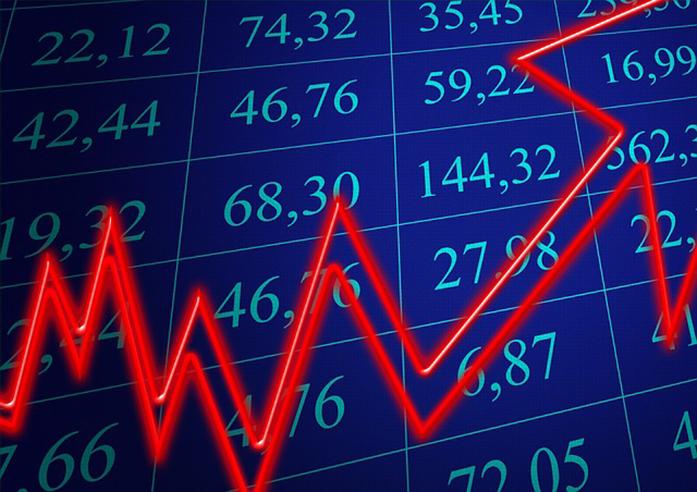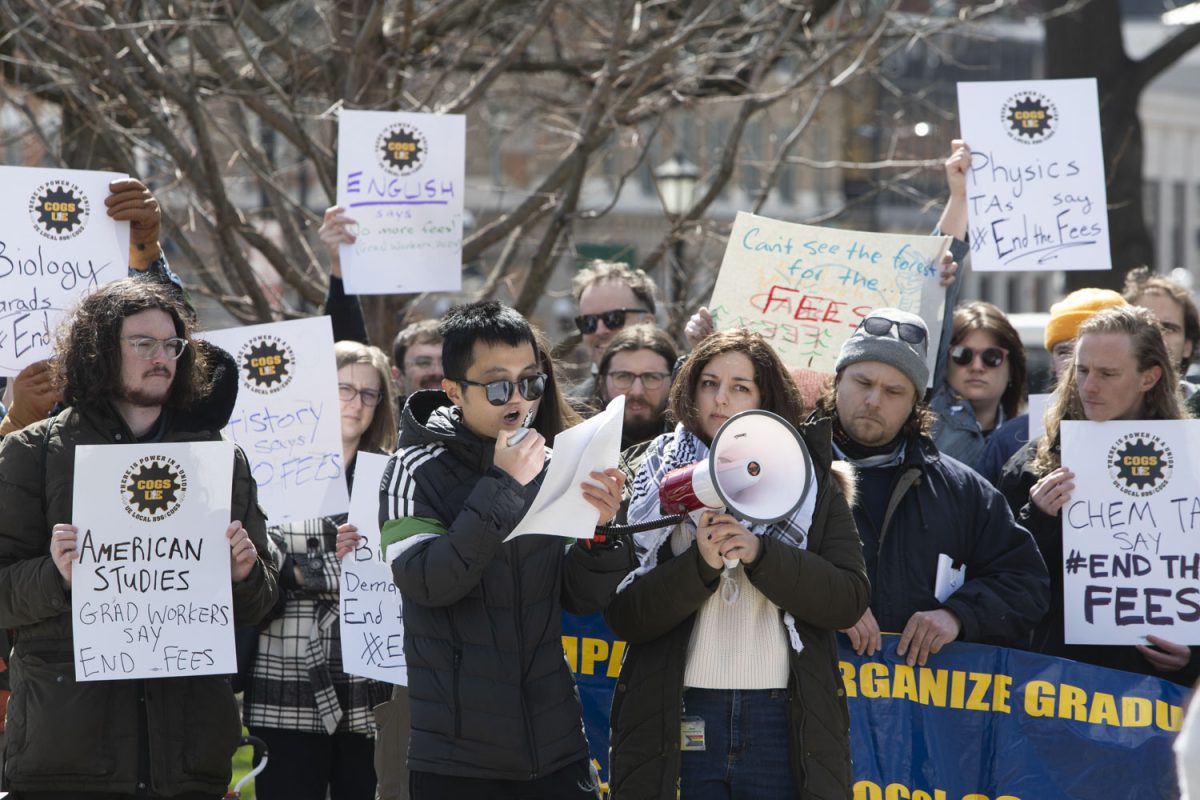Jace Brady
[email protected]
The Federal Reserve surprised many by not raising rates last week. This means that the Federal Funds Target Rate will remain at historic lows despite the economic recovery over the last several years. Fed Chairwoman Janet Yellen made the following comment with the announcement, “The recovery from the Great Recession has advanced sufficiently far, and domestic spending has been sufficiently robust, that an argument can be made for a rise in interest rates at this time.” However, she later expressed concerns about “uncertainties” in the international economic environment that necessitates the continuation of the Fed’s easy-money policy.
Investors took the news poorly; many had anticipated a raise in rates, and the stock market reflected the sentiment with many indices by dropping nearly 2 percent. Many polls of investors indicate a common feeling that it is time for the Fed to raise rates and that its decision against a hike leaves the economy in a precarious position. One of the most effective moves by the Fed to stimulate the economy was to lower rates. However, with rates already at record lows, we are left without a cushion to rescue us if we were to enter another recession. The Fed would be forced to find other ways to stimulate the economy or lower rates into negative territory, which has already happened many places in Europe.
Major investors are not the only ones suffering during this era of low rates. Retirees have been forced to gamble in the stock-market casino because bonds rates are too low to sustain their savings. Before the recession of 2008, bonds could have rates of 5 percent or higher, which is a great return for a low-risk investment. Today, these same bonds can pay out 1 percent or less. Savings accounts are also paying out a fraction of a percent, which means savers are losing value on their money because of inflation.
While those with money in the bank may be suffering and forced to pursue higher-risk investments, the continuation of low rates is good news for those who borrow. While most loans are not directly connected to the Federal Funds Target Rate, student loans are an exception.
Student loans are based on the rates for 10-year government bonds, and those of us with fixed rates have benefited greatly from these low rates. Those with the average $33,000 loan burden on graduation can have payments hundreds of dollars less than they would have if they had borrowed just a decade earlier. Homebuyers, car buyers, and anyone who has financed any major purchases lately have also benefited from these low rates, saving potentially thousands of dollars over the life of the loan.
This policy seems counterintuitive, to punish the savers and to reward the debtors. Savers who worked their whole lives for their nest egg now have to put it at risk, and debtors can borrow more for less. While borrowing is sometimes a necessity and a strong investment, like our college education, it can often lead to financial ruin when abused. We must be wary during this age of low rates not to bite off more than we can chew.
Hopefully in the next year, the economy will be in a position that the Fed feels comfortable raising rates again. While it may make some borrowing more expensive, it will help keep us from over borrowing and provide a safety net to protect us from a future recession.









